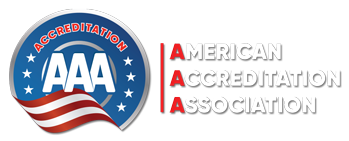Few could have predicted how much the world has changed in just a few decades. As the 21st century unfolds, we are dealing with a complex brew of social, environmental, market and technological trends. Faced with ongoing uncertainty, how can businesses and governments adapt and grow? Standards and conformity assessment deliver part of the solution in solving today’s most daunting challenges.
ISO Published a new document on Circular economy: The role of conformity assessment, the document is designed for a variety of users, including regulators, scheme developers/owners, standards writers, industry, and anyone needing a conformity assessment perspective on issues related to the circular economy.
The circular economy is emerging as the new approach for achieving sustainable economic development. This calls for a radical shift in production and consumption patterns, supported by a raft of new government policies. Circularity consists of measures for creating shorter closed-loop materials and energy cycles that minimize pollution and waste, extend product life cycles and enable the broad sharing of natural assets. It covers all stages of the supply chain, from production to consumption, including repair and remanufacturing, waste management, and secondary raw materials that are fed back into the economy. A circular process must encompass both tangible and intangible requirements, including sustainability of the global value chain based on aspects such as trade, economic factors, corporate responsibility, labour, health and human rights. Conformity assessment gives confidence on specific aspects such as safety, efficiency, repairability, durability, upgradability, recyclability and reusability – all of which contribute to the robustness of the circle.
To get access to the full document please click here.
